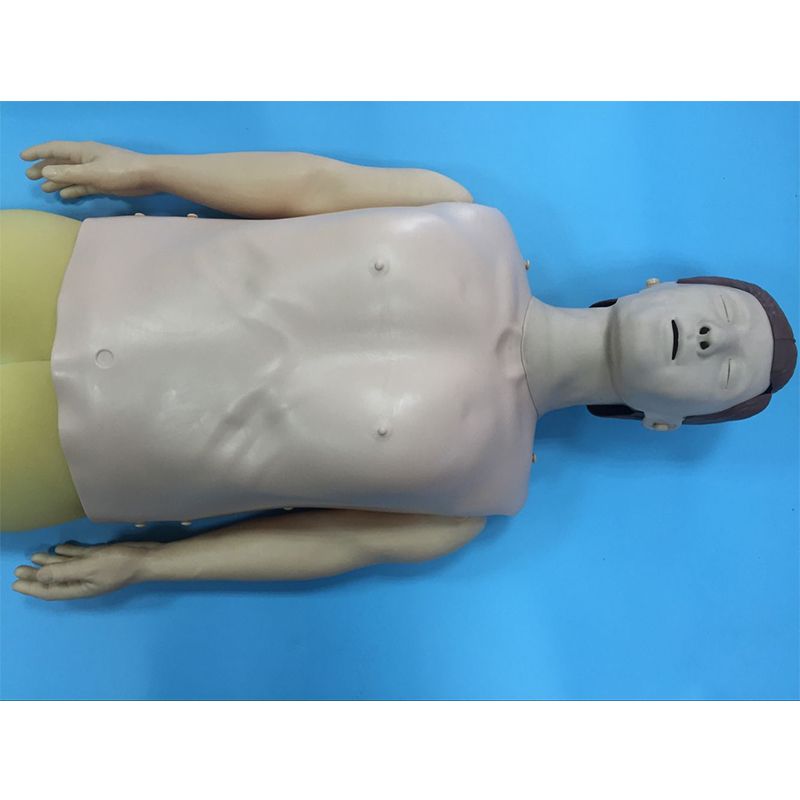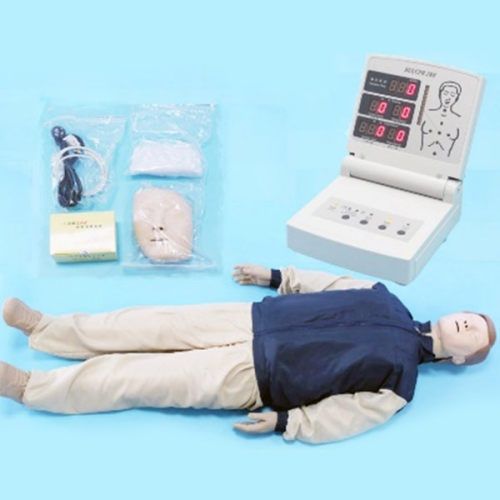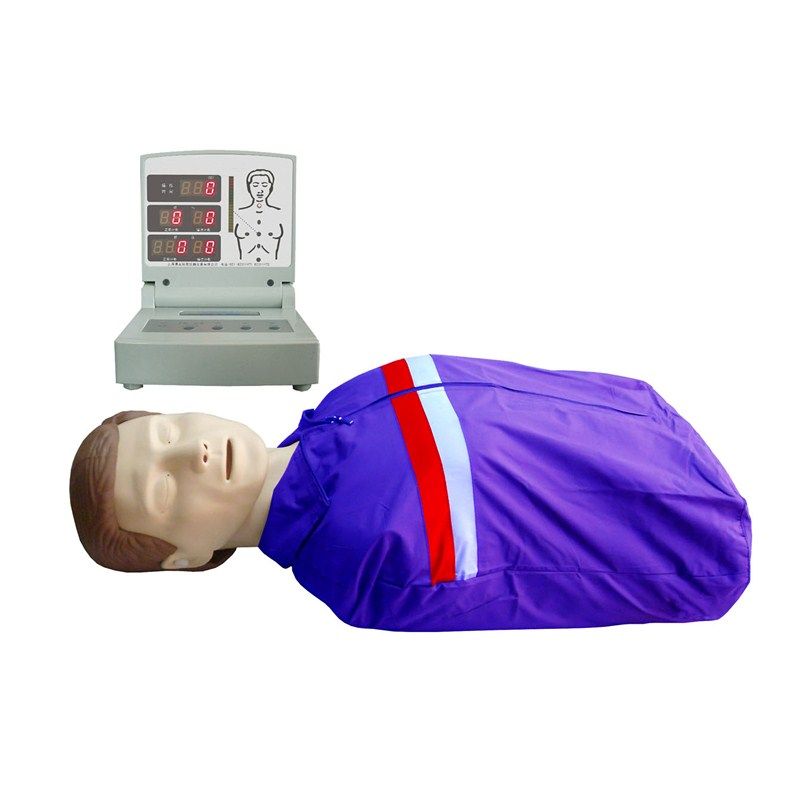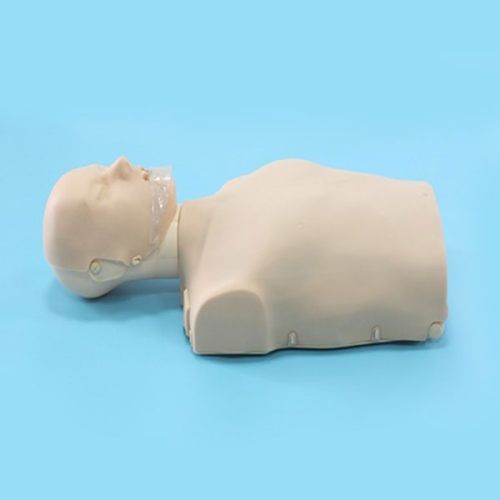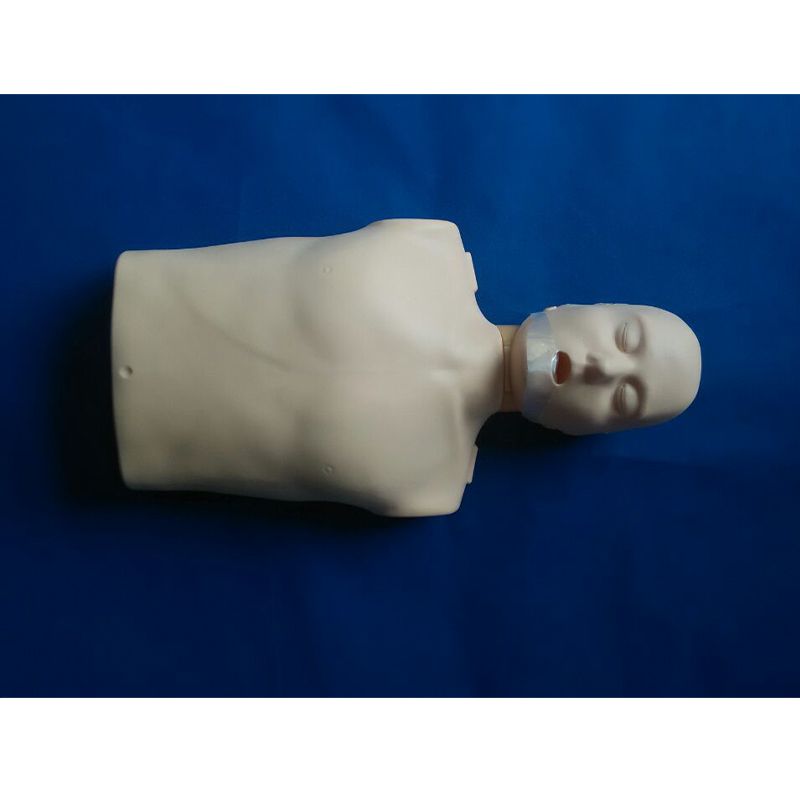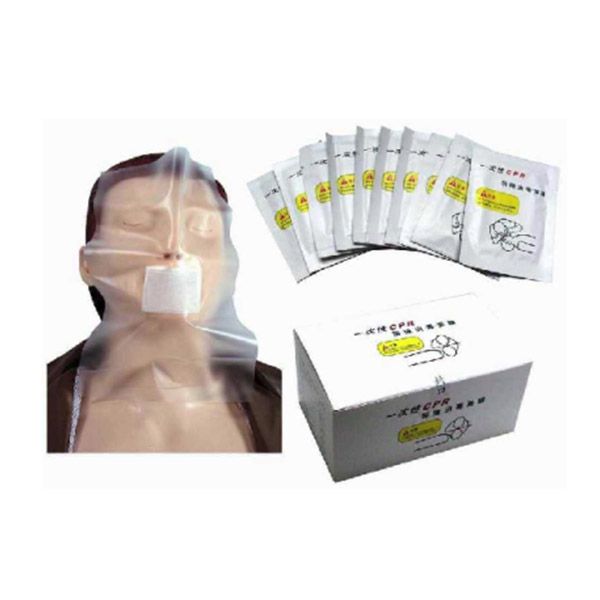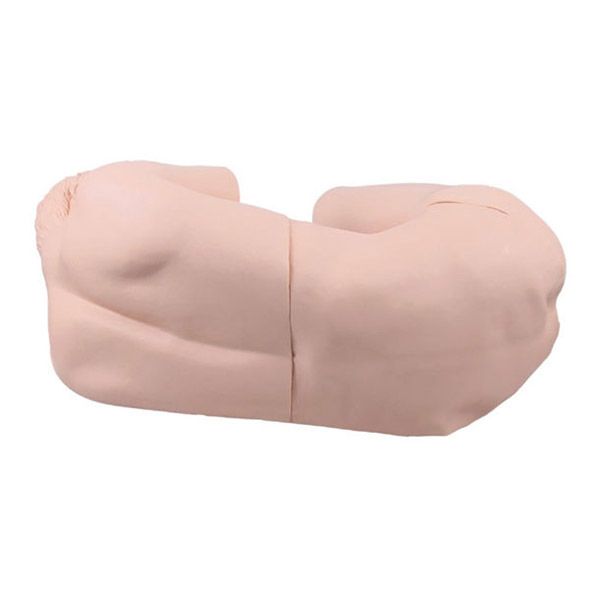Cardiopulmonary Resuscitation (CPR) is a critical, life-saving procedure performed during cardiac and respiratory emergencies. Its success depends on multiple factors, including the effectiveness of the chest compressions and the overall stability of the patient. Effective chest compressions relies on a firm, flat surface. This is where CPR backboards come in as essential equipment for emergency responders and medical professionals. Here we explores the importance, types, usage, and best practices associated with CPR backboards.
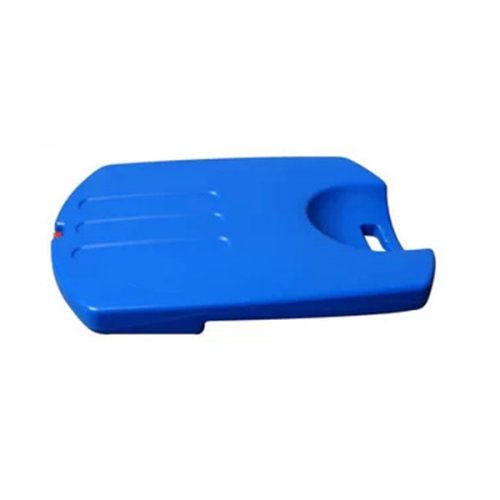
What is a CPR Backboard?
A CPR backboard is a flat, rigid device designed to provide a solid surface underneath a patient during CPR. It is typically made from durable materials such as high-density polyethylene or composite materials, ensuring both strength and lightweight properties. Standard CPR backboards are equipped with handles and strap mechanisms to secure the patient, facilitating effective chest compressions by maintaining an optimal position.
Why Use CPR Backboards in Emergency Situations?
CPR backboards offer several advantages in emergency situations:
Stabilization of the Patient
During CPR, it is crucial to keep the patient’s body stable to maximize the efficiency of chest compressions. A CPR backboard provides a firm, flat surface, preventing the patient from sinking into soft surfaces like mattresses or ground. This stabilization is vital for maintaining the correct posture and alignment of the body, ensuring that compressions are effective.
Enhancement of CPR Effectiveness
CPR backboards significantly enhance the effectiveness of chest compressions. By providing a rigid support, they help achieve the proper depth and force of compressions, which is essential for circulating blood and oxygen to the vital organs. Without a backboard, compressions may be less effective, reducing the chances of successful resuscitation.
Prevention of Further Injury
In emergency situations, moving a patient without proper support can lead to additional injuries, especially if the patient has suffered trauma. A CPR backboard helps in safely moving and securing the patient, minimizing the risk of further harm during the resuscitation process.
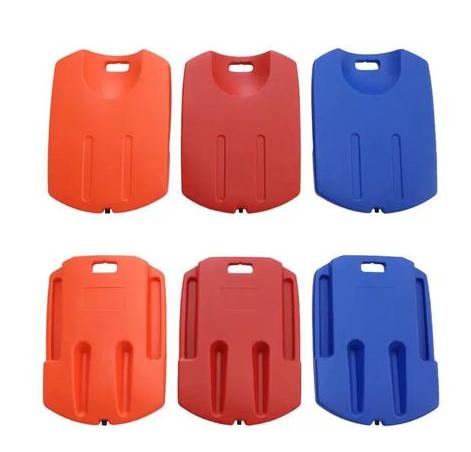
Types of CPR Backboards
CPR backboards are essential tools used during cardiopulmonary resuscitation (CPR) to provide a firm surface and stabilize the patient, which helps ensure effective chest compressions. The classifications of CPR backboards can be based on several factors, including material, design, and intended use. Here are some common types:
| Classification | Type | Features |
| Material | Plastic CPR Backboard | Lightweight and durable, often used in both pre-hospital and in-hospital settings. |
| Fiberglass CPR Backboard | Strong and more rigid than plastic, typically used in scenarios requiring higher durability. | |
| Carbon Fiber CPR Backboard | Very lightweight and extremely strong, used in specialized situations due to higher cost. | |
| Design | Flat Backboards | Simple, flat design, standard type used in most settings. |
| Curved or Contoured Backboards | Designed to better conform to the patient’s body, may provide improved comfort and immobilization. | |
| Spine Boards | Specifically designed for spinal immobilization and used in trauma situations. | |
| Usage | Pre-Hospital CPR Backboard | Used by EMS and first responders, lightweight and easy to transport. |
| In-Hospital CPR Backboard | Used within hospital settings, often integrated into crash carts or placed under hospital beds. | |
| Pediatric CPR Backboard | Sized and designed specifically for children, may include features like restraint straps suitable for pediatric patients. | |
| Specialty | X-ray Compatible CPR Backboard | Made of materials that allow for X-rays to be taken without removing the patient from the board, essential in trauma care. |
| Radiolucent CPR Backboard | Designed to be completely invisible on X-ray images. | |
| Integrated Restraints CPR Backboard | Include built-in straps and restraints to secure the patient. | |
| Foldable CPR Backboard | Can be folded for easier storage and transport, useful in environments where space is limited. | |
| Water Rescue Backboards | Designed for use in aquatic environments, often buoyant and may have special features for water rescue. | |
| Military or Tactical Backboards | Built for rugged use in military or tactical settings, often feature camouflage colors and additional durability. |
Each type of CPR backboard is designed to meet specific needs in various emergency and medical scenarios. The choice of backboard can depend on factors such as the environment of use, the patient population, and the specific requirements of the medical or emergency personnel.
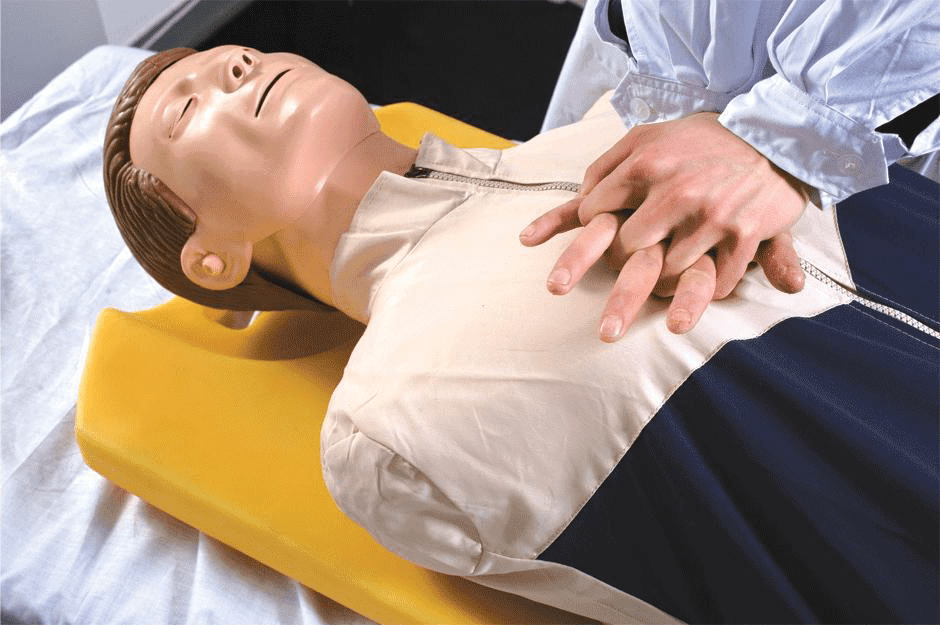
Usage and Best Practices
Proper Placement and Securing of the Patient
For optimal effectiveness, it is essential to correctly place the patient on the CPR backboard. The patient should be centered on the board with the head, neck, and spine aligned. Securing straps should be used to immobilize the patient, preventing any movement that could compromise the quality of chest compressions.
Techniques for Effective CPR on a Backboard
Performing CPR on a backboard requires specific techniques to maximize effectiveness. Rescuers should position themselves properly to apply the correct force and depth of compressions. The rigid surface of the backboard allows for more efficient compressions compared to soft surfaces, ensuring better blood flow.
Safety Precautions During Usage
While using a CPR backboard, it is crucial to follow safety precautions to prevent further injury to the patient. Rescuers should be trained in proper lifting and handling techniques to avoid additional trauma. Regular inspection and maintenance of backboards are also essential to ensure they are in good condition and ready for use.
Get CPR Backboards from Scopelab
At Scopelab, we offer a wide range of high-quality CPR backboards to suit your specific needs. Our backboards are manufactured with durable high-density polyethylene plastic materials and designed for easy use in emergencies. We can help you find the right CPR backboards and even other training equipments for emergency for your ambulance, medical facility, or workplace. Feel free to contact us when you need.
Remember: CPR backboards are a valuable tool for life-saving procedures, but proper training and technique remain paramount. Get trained in CPR and familiarize yourself with CPR backboard usage for optimal emergency preparedness.
